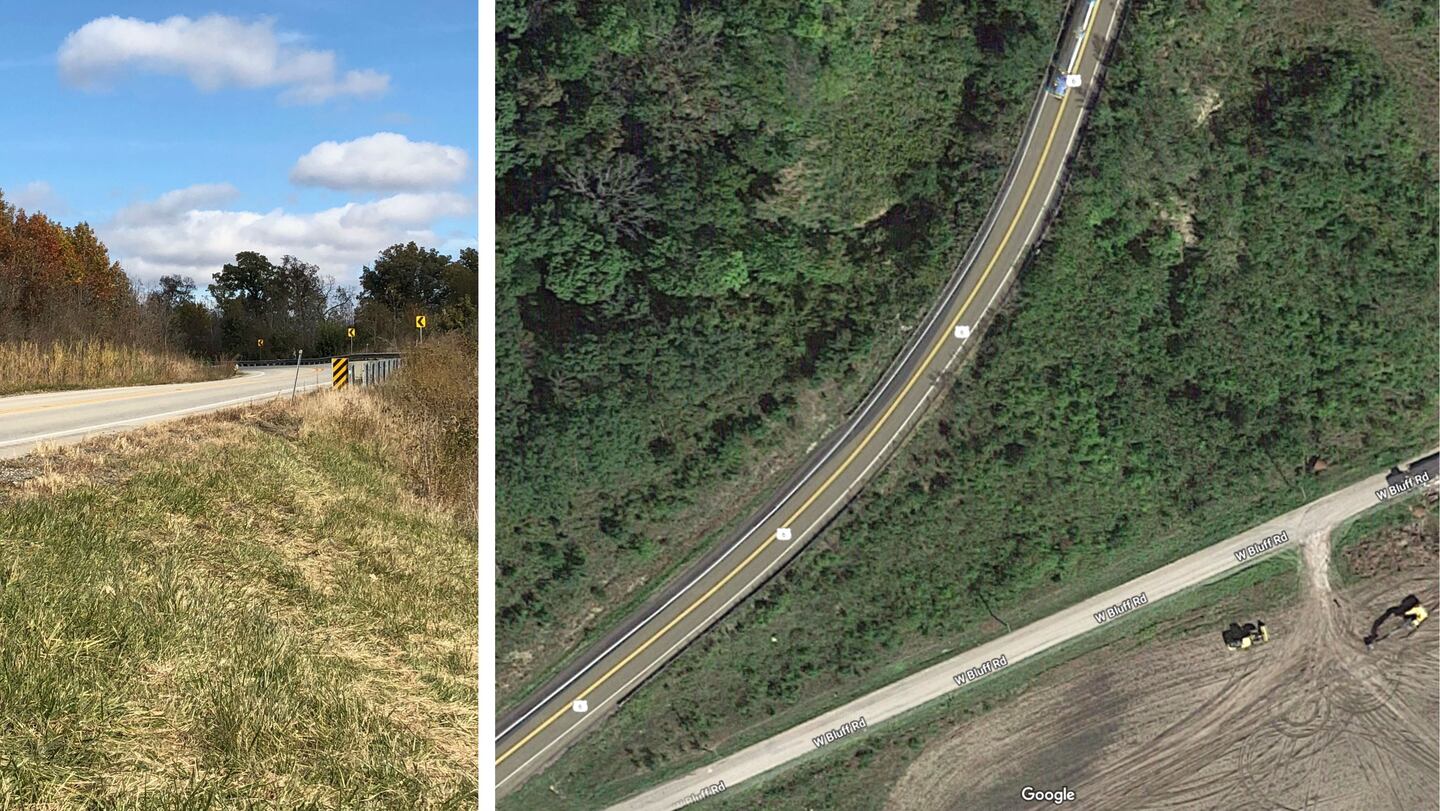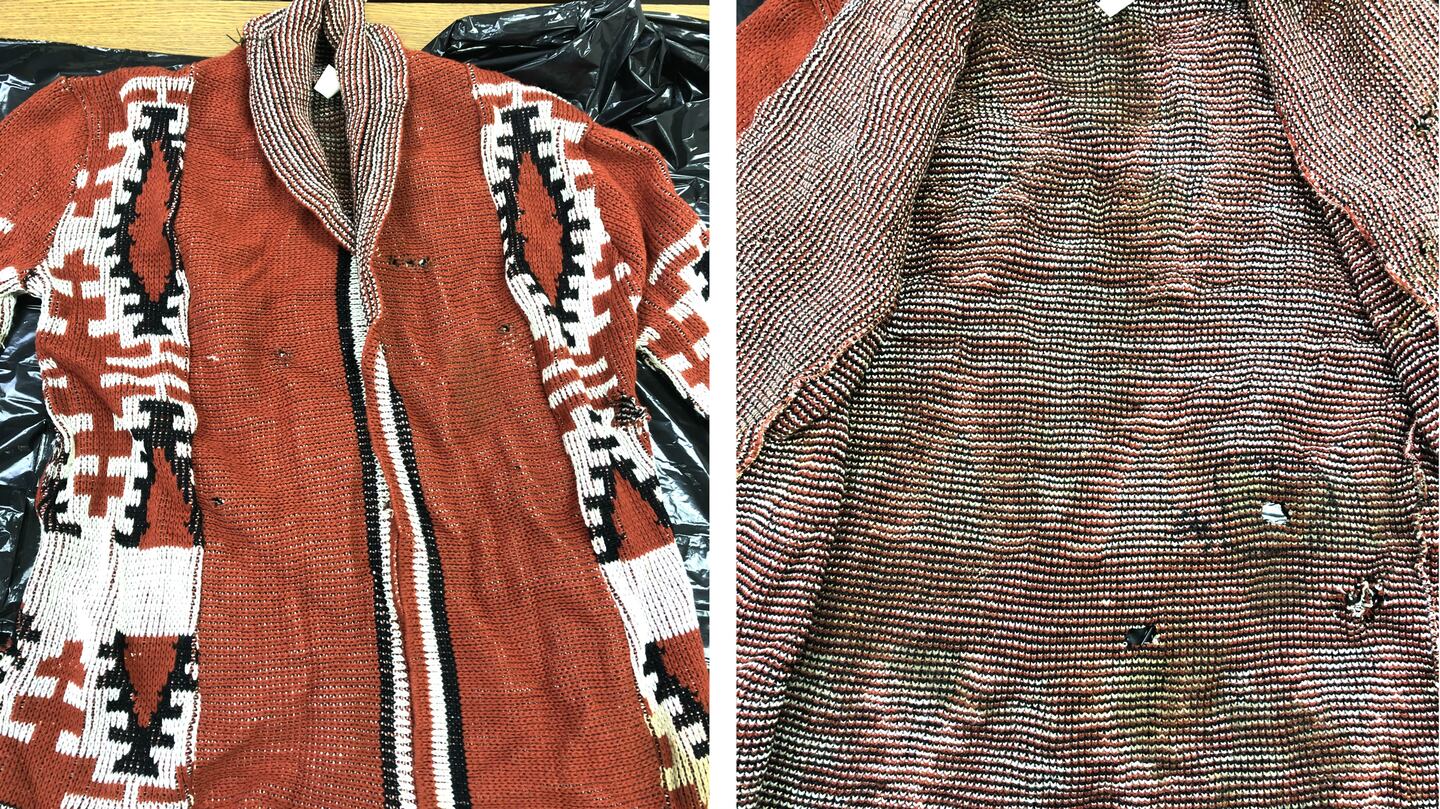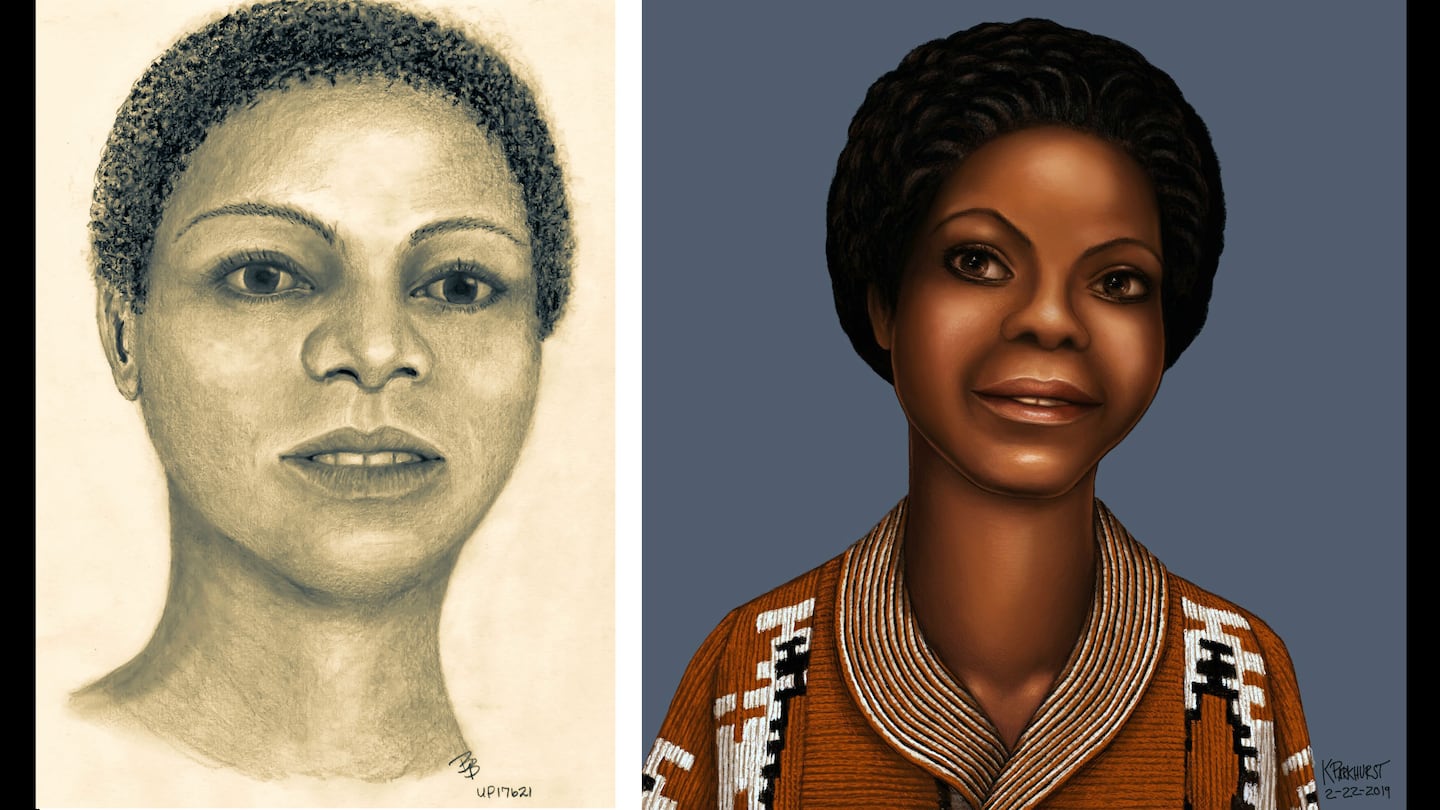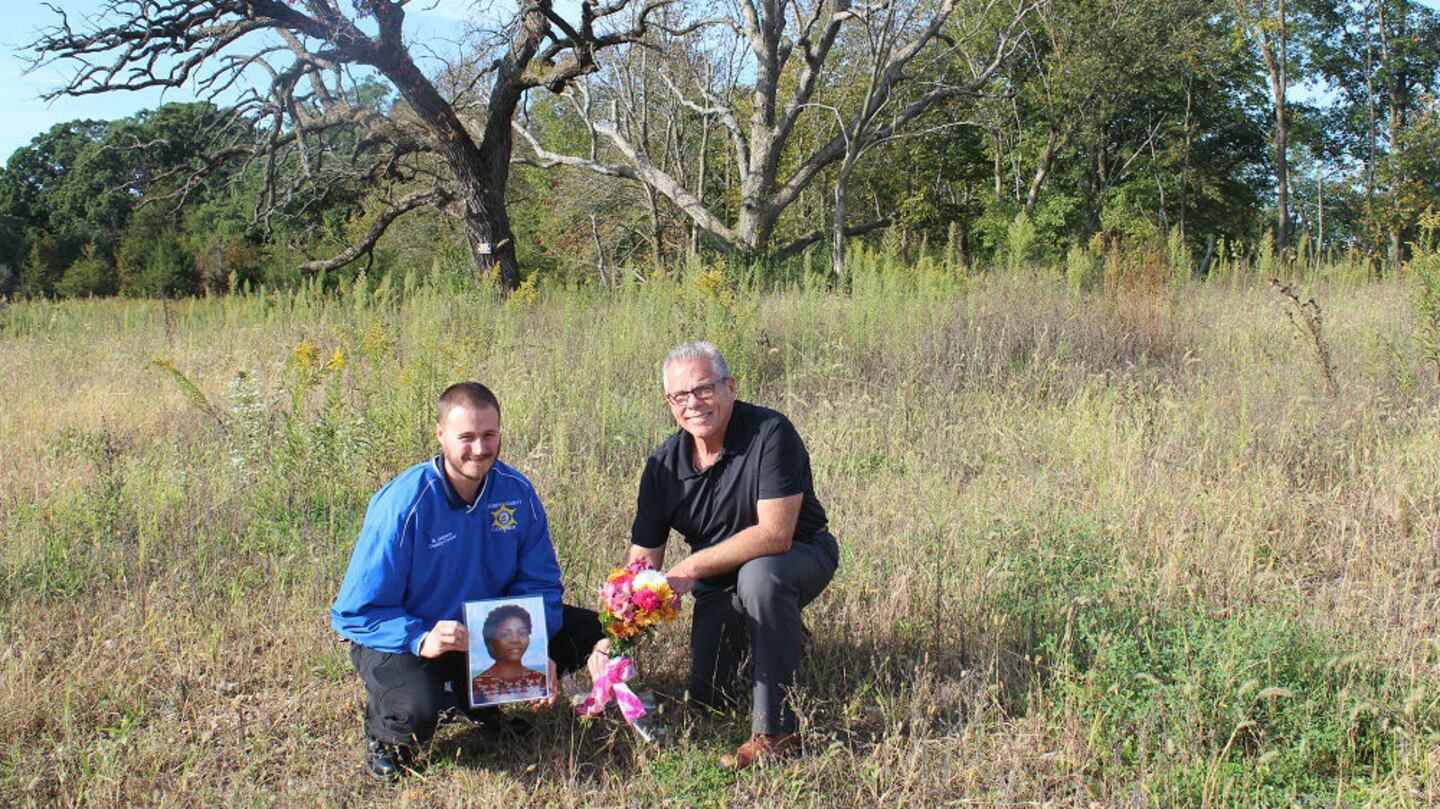Grundy County, Ill. — An Illinois farmer and his granddaughter were passing through a field near Seneca one fall day in 1976 when they happened upon a grisly sight -- the body of a black woman, shot in the head and dumped like trash in a ditch.
The victim, called Jane Seneca Doe by authorities, had no identification with her, and no one came forward to give her a name. Investigators exhausted all available avenues to identify her, but ultimately, the woman was buried nearly two months later, on Thanksgiving Day, in an unmarked grave at Braceville-Gardner Cemetery, about 17 miles from where her body was found.
Now, 43 years later, Grundy County Coroner John Callahan’s office is using the latest technology, including genetic genealogy, in an attempt to bring some closure to the case.
"I've known about this unidentified female since I started in the coroner's office in 1994, and it has troubled me that someone's loved one is buried here and was never identified," Callahan said in a recent statement about the case.
Callahan and his chief deputy coroners, Christina Hintze-Symoniak and Brandon Johnson, went on Oct. 1, the eve of the anniversary of the farmer's gruesome discovery, to leave flowers near the spot where Jane Seneca Doe was discovered.
The woman's body was found abandoned Oct. 2, 1976, in a ditch along U.S. 6 on the western edge of Grundy County, not far from Interstate 80, case records show. Dead for about a day, she was not believed to be from the area, which is about 75 miles southwest of Chicago.
Johnson told NBC Chicago in August that the victim, who weighed about 150 pounds and was about 5 feet, 7 inches tall, had been shot once in the head.
"She had a multi-colored knit red and white (and) black sweater wrapped around her head, as well as a plastic bag," Johnson told the news station. "And it appears she was dumped at the site."
In the pocket of the sweater, which may have been a cardigan, was a bottle of TJ Swann wine, case records show. The green plastic bag found near her body was accompanied by black electrical tape.
The woman, who wore her hair in an Afro-type style, had a scar or birthmark on her right hip and lower right abdomen.
Listen below to a podcast of The Vanished dealing with the Jane Seneca Doe case.
At the time of Jane Seneca Doe’s death, it was not altogether unusual for a person to go unidentified and unclaimed.
"That time in the '70s, it was a different time," Johnson told NBC Chicago. "There were a lot of people that just kind of vanished."
Callahan first reopened the case in late 2017, at which point investigators combed through dusty case files and entered the woman's scant identifying information into databases dedicated to naming the thousands of unidentified dead across the country.
Multiple artists’ renderings have also been released to the public over the years in the hopes that someone would recognize the victim.
Callahan had the woman’s body exhumed in December 2018.
"A forensic odontologist also examined the remains and determined that the victim was between 15 and 27 years of age," Callahan said in a news release.
Through a grant from the National Missing and Unidentified Persons System (NamUs) and the U.S. Department of Justice, the woman's remains were sent in January to the University of North Texas' Center for Human Identification in Fort Worth. The center, a globally-recognized leader in forensic identification, uses forensic, genetic and anthropological exams to assist in criminal cases and the identification of the missing.
The lab also manages NamUs for the Justice Department.
"In late April, the lab developed a full female DNA profile and entered it into the (FBI's) Combined DNA Index System, or CODIS, where the national database continues to search for a potential match to any missing persons nationwide," Callahan said.
Johnson, who in June announced that Grundy County officials also entered into a partnership with the volunteer-led DNA Doe Project, said that organization is working hard to give the woman back her identity as well. DNA Doe uses ancestry websites -- including the same sites being used by law enforcement agencies to catch cold case suspects -- to find relatives of the unidentified people listed in its database.
The most infamous of the cold cases solved through genetic genealogy is that of the accused Golden State Killer, a now 74-year-old suspected serial killer accused of killing at least 13 people and raping more than 50 women over a 12-year span beginning in 1974.
Dr. Colleen Fitzpatrick, co-founder of DNA Doe, told NBC Chicago her organization hopes to use the same techniques to find Jane Seneca Doe's family.
"We've solved cases based on third cousins, or even more distant," Fitzpatrick said. "It's sort of a whole network of relatives that you try to piece together and find out how they connect. And then therefore, how they connect to your Jane Doe."
Johnson, who was born 15 years after Jane Seneca Doe died, has made solving her case a mission, the news station reported. He said he hopes her relatives, if found, can shed light on who she was, where she was from and, perhaps most importantly, why she was killed and by whom.
"It's just bothersome that somebody could be dumped like that and buried in an unmarked grave for so many years, not to be missed or have any closure or justice," Johnson told the NBC affiliate. "I don't think anybody deserves to be treated that way."
Anyone with information on the woman's identity or her death is asked to contact the Grundy County Coroner's Office at 815-941-3359 or via email at bjohnson@grundyco.org.
Cox Media Group













